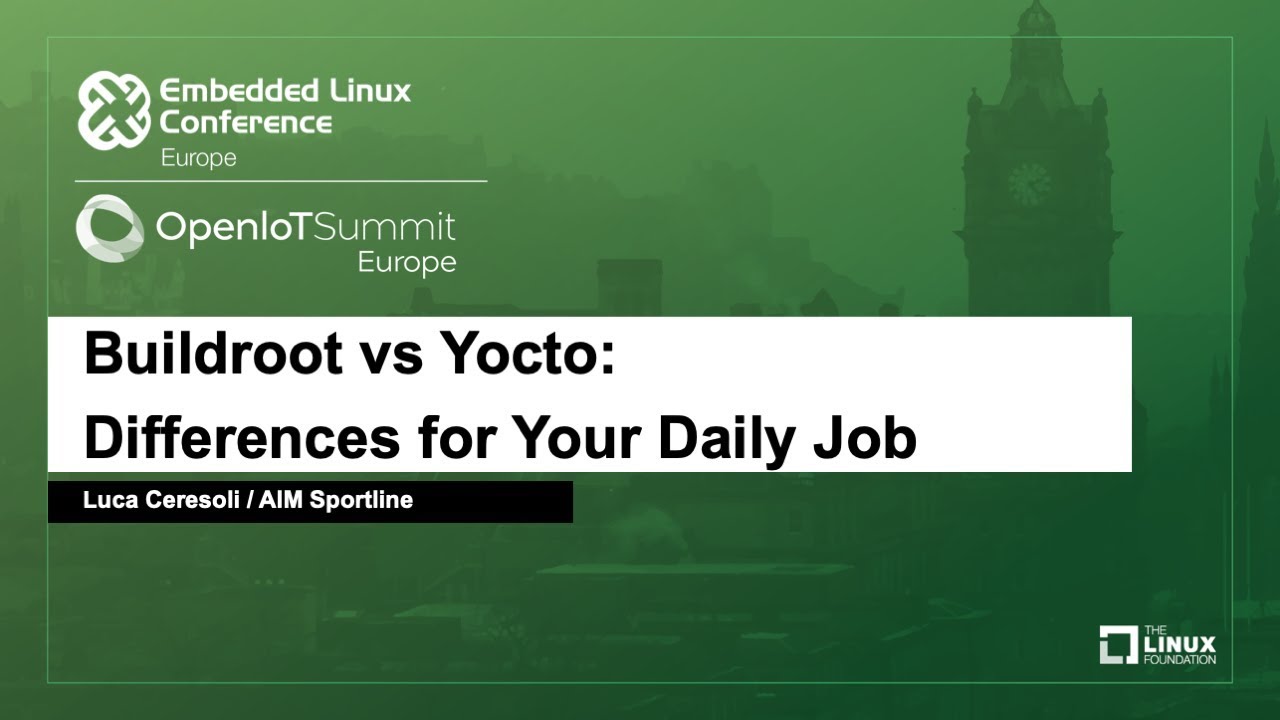

I gave it the name “ blink-152” because I already had a program that blinked a LED and the program runs on STM32-P152 and it has no connection whatsoever with a certain rock band. Choose Project Type -> Executable -> Hello World ARM Cortex-M3 C Project -> Cross ARM GCC and give a name to the project. Inside Eclipse, click File -> New -> C Project.

Openocd setup for mac install#
Eclipse plugins: I only installed Eclipse CDT plugin and GCC ARM plugin, I did not need to install Zylin embedded CDT because recently they added OpenOCD debugging to GCC ARM plugin so I had everything I needed.Eclipse: I installed Keplero for C/C++ Developers (Linux 32-bit version) in a subfolder of my home directory (once I had problem installing plugins by installing it in system folders).GCC ARM Embedded toolchain: I extracted GCC ARM Embedded 4.8-2013-q4-major (linux version) in /opt.OpenOCD: I have a Debian testing (jessie) PC so I simply ran as root “ aptitude install openocd” and it installed version 0.7.0-2 of the tool.We will then learn a bit about an open source tool called OpenOCD which will allow us to interactively debug our code using the GNU debugger (gdb) as well. We will be creating a Makefile that will cross compile our code to target the STM32L4xx Cortex-M4 boards. I follow basically the same steps as the post mentioned above, so use that as a reference, but I have a few differences: This is a more detailed and minimalist version of the tutorial I posted last summer. I am certain that the steps that I follow here can be modified to work with many other Cortex-M targets and many other JTAG adapters/emulators, so this guide can be useful to people who are developing on something different from the STM32-P152 and have a different cable than the C232HM-EDHSL-0.
Openocd setup for mac mac os x#
In particular I have been inspired by this post for developing on STM32F3Discovery on Mac OS X using Eclipse and this post for Windows. I suppose there are many alternatives that are probably simpler and lighter (Eclipse is quite large and complicated), but here’s what I did. I wanted to extend this setup by using an IDE, and I chose Eclipse because it seems to have the right plugins and resources.



 0 kommentar(er)
0 kommentar(er)
